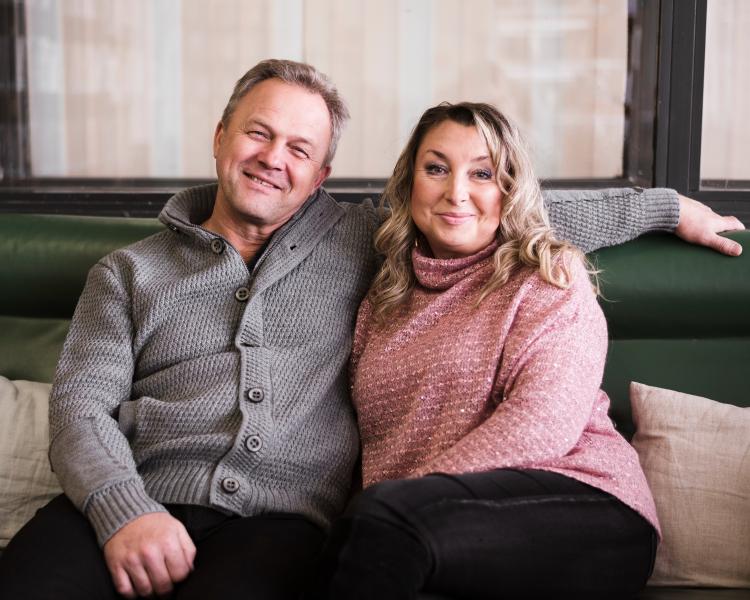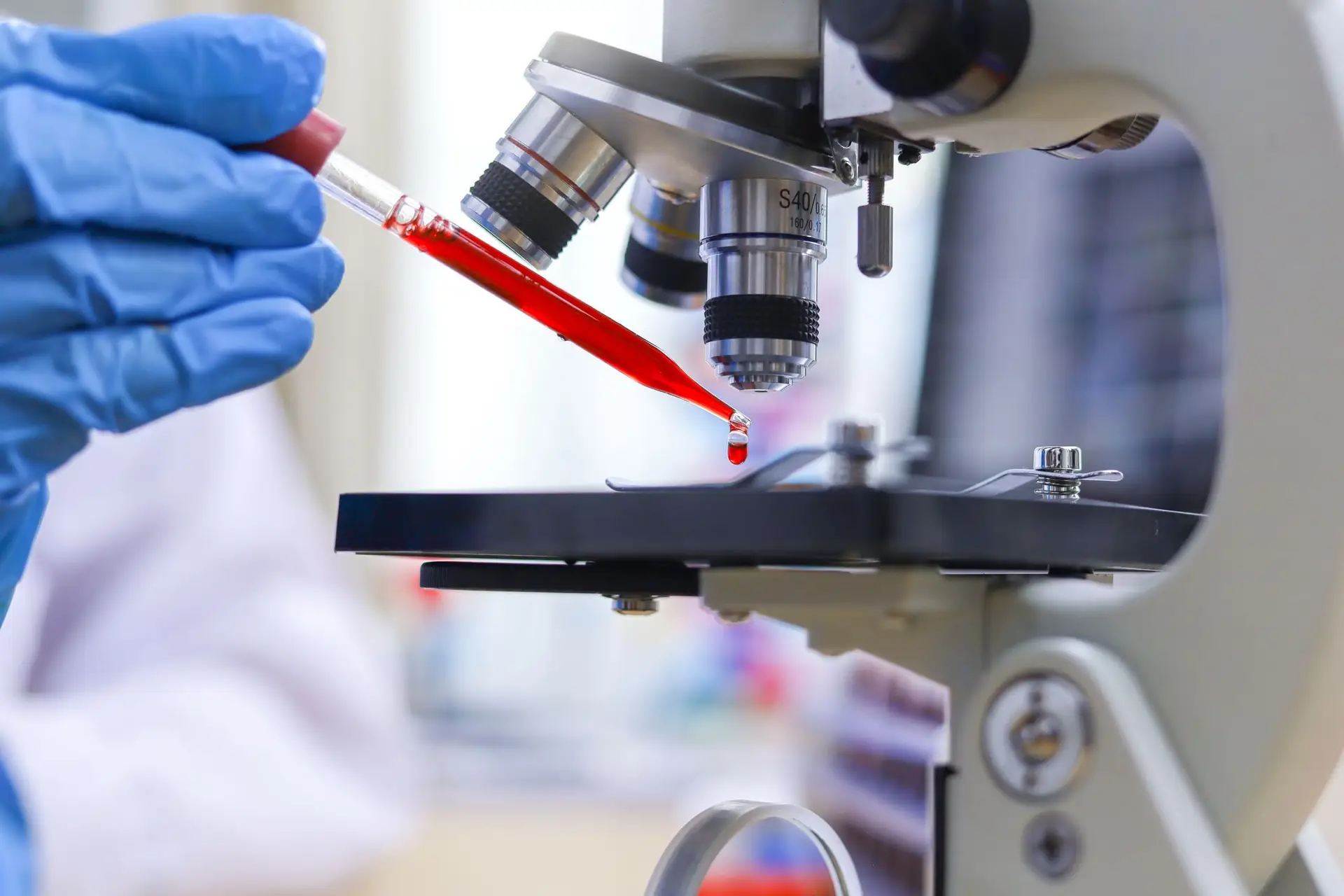#body #suffer #heartbreak #science
image copyrightGetty Images
Caption, “It pisses me off that you let me give you all that youth for free,” Taylor Swift sings on her new album. Article information
- Author, BBC News Mundo
- Role, Editorial
-
4 hours
The highly anticipated album recently released by the cultural colossus that is Taylor Swift turned out to be a two-hour, 31-song epic that explores that inexhaustible source of inspiration: heartbreak.
“The Tortured Poets Department” joins that ocean of beautiful and moving works of all time that are born from what you feel when someone tears your heart.
Either you break it, or you rip it to pieces, or any of those metaphors we use to try to express the absolute, abject misery it feels like to be rejected by someone you’re still deeply attached to.
Even though what you are suffering is emotional pain, many of these descriptions appeal to physical sensations, well, many would confirm, that is how it feels.
As Susan Sontag wrote in “Reborn,” “loving hurts. It’s like surrendering to being skinned and knowing that at any moment the other person could walk away taking your skin.”
This was confirmed by Florence Williams, when, after a three-decade relationship that included marriage and two children, she came across an email written by her partner since she was a teenager.
It was a message of love… for another woman.
She had never had her heart broken before but she soon learned that “the clichés of heartbreak are not at all melodramatic.”
“I felt like my heart had been axed, like I was missing a limb, I was adrift in an ocean, in the middle of a terrifying forest. I felt in danger,” he wrote.
“I was really floored by how deeply I felt it, not just emotionally, but physically,” she told BBC Inside Science.
“I felt intense anxiety. I suffered from insomnia. I lost about 20 pounds of weight in a few days.”
image copyrightGetty Images
Caption, It hurts, deeply, and in so many ways!
When he had laboratory tests, they found that “I had a problem with my intestinal bacteria, glucose levels were very low, my pancreas stopped working well so 5 or 6 months after the separation, they diagnosed me with an autoimmune disease: diabetes Type 1”.
That’s also heartbreak, she noted, and since Williams is a writer and science journalist, the experience prompted her to seek answers because “I had so many questions about why I felt the way I felt.”
“I was very interested in investigating why my immune system was somehow listening to my social or emotional state and how everything was connected.”
So he dedicated himself to talking – and even getting involved in experiments – with scientists.
At the cellular level
Among the first things he discovered was that, although there has been a lot of research into how we fall in love, science hasn’t spent as much time on the end of that story.
But there are several pieces of research that begin to put that puzzle together.
One of the most interesting was found by Steve Cole, professor of Medicine, Psychiatry and Biobehavioral Sciences at the UCLA School of Medicine, USA, who has been researching social genomics for decades.
Genomics is an interdisciplinary field that studies the function, structure, evolution, mapping and editing of all of an organism’s DNA.
In 2007, Cole, with John Cacioppo, a professor of psychology and behavioral neuroscience at the University of Chicago, among others, identified a link between loneliness and the way genes are expressed in a small study, since replicated in larger trials. big.
All these years later, Cole told Williams that loneliness is one of the most toxic factors known.
He described heartbreak as “the hidden landmine of human existence,” because when it explodes it can be devastating to our physical and mental health, but it continues not to be properly recognized.
image copyrightGetty Images
Caption, For Cole, heartbreak is like a landmine that is devastating when it explodes.
In his investigation, Williams underwent an experiment with Cole, which they did with samples of his blood.
“We measured certain cells in my immune system at different times after the divorce.
“What he was looking for were markers of inflammation, because he has discovered in his decades of research that they increase in people who feel threatened, and also in people who feel alone,” Williams said.
Cole made the discovery after analyzing why some HIV-positive homosexuals died much faster than others: he discovered that those who were closeted, or who were very sensitive to social rejection, were at greater risk.
Their stress made their immune T cells more vulnerable to HIV attack, and the virus spread 10 times faster.
Cole’s later studies of lonely people also showed that they were more vulnerable to viruses and produced more immune cells that generate inflammation.
“It seems that when we have been abandoned, our bodies interpret it in the same way as if we had been literally left alone on the savanna: it is that same process, again, deeply evolved.”
It refers, of course, to that savanna of our early ancestors, in which if a hunter-gatherer was isolated he was more likely to contract a communicable disease than to be attacked by a predator.
Hence the evolutionary meaning of this immune response: the body increases defenses to combat physical wounds, and reduces others.
“It’s a survival instinct, because when we feel like we’ve been left alone, we interpret it as being about to be attacked. So we regulate certain genes.”
This could explain why lonely people have a higher risk of dementia, cardiovascular disease and other chronic conditions, and are estimated to be 26% more likely to die younger than their socially connected peers.
And it could have contributed to Williams developing an autoimmune form of diabetes.
Al final
image copyrightGetty Images
Caption, But in the end, (almost) everything has a remedy.
In addition to that fascinating insight into how we evolved to respond to that type of loss and abandonment, Williams learned of other ways our bodies respond to this specific type of pain.
One of the most interesting things, he says, is that when we fall in love, the activity of parts of our brain that produce stress hormones increases.
It’s as if from the beginning he was preparing for the end.
Possibly it is so that if our partner leaves or disappears, the anguish motivates us to go look for them or we feel very grateful when they return.
Some researchers, on the other hand, have looked at divorce and heartbreak by looking at the brains of people who are going through it with scans to study their brain waves.
One of the scientists Williams consulted was biological anthropologist Helen Fisher, who in 2011 did some MRI studies, and discovered that activated parts of the brain are associated with addiction and craving.
Since then, other researchers in MRI studies have found that the social pain of heartbreak is processed near parts of the brain that deal with physical pain, which, to Williams, shows that social pain is taken so seriously in our brain like physical pain.
Speaking of physical pain, “I learned that there is a literal type of broken heart called Takotsubo cardiomyopathy,” he told the BBC.
“We know that people who experience this have often been through some type of deep emotional crisis and feel like they are having a heart attack.
“They go to the emergency room and you don’t see the typical signs – like blocked arteries – but rather a bulging left ventricle, and that happens in the presence of large amounts of stress hormones.”
after the end
Photo caption, Florence Williams (photo by Casie Zalud) captured her painful but also illuminating experience in the book “Heartbreak, a personal and scientific journey.”
Williams discovered that there are several other physical consequences associated with heartbreak, speaking to many scientists and examining countless studies, all the while experimenting with several of the strategies he came across.
But did you find it therapeutic and cathartic to explore what was happening with your body when you were feeling so much emotional pain?
“It was both disturbing and, in some ways, reassuring.
“I didn’t like hearing the data that people who divorce are at much higher risk of chronic disease and premature death, but at the same time, it was comforting to know that this is the way human bodies are supposed to work, and that many of us suffer in this way.
Williams wasn’t sure, when she began her research, whether she might be among the estimated 15% of people who don’t recover after a major breakup.
But “now I’m very well,” he said.
“The great thing to know is that, just as we are programmed to experience emotional pain and heartbreak, we are also programmed to recover.
“And what helped me was really connecting with others, and one way to do that is to be vulnerable and honest about the suffering that we’re experiencing.”
For her, a great balm was nature, since the antidotes to loneliness, she noted, are not only connecting with people but with the world and beauty.
“And finally, the third piece is really finding some meaning in that painful experience: What can you learn from it, and better yet, can you find a way to help others when they’re going through it?”
For that purpose, she wrote “Heartbreak: A Personal and Scientific Journey,” in which she describes the various paths along which her search took her.
And remember that you can receive notifications in our app. Download the latest version and activate them.




:quality(85)/cloudfront-us-east-1.images.arcpublishing.com/infobae/UDFZUNW2WNBXMZYMX7RENN5ST4.jpg)






